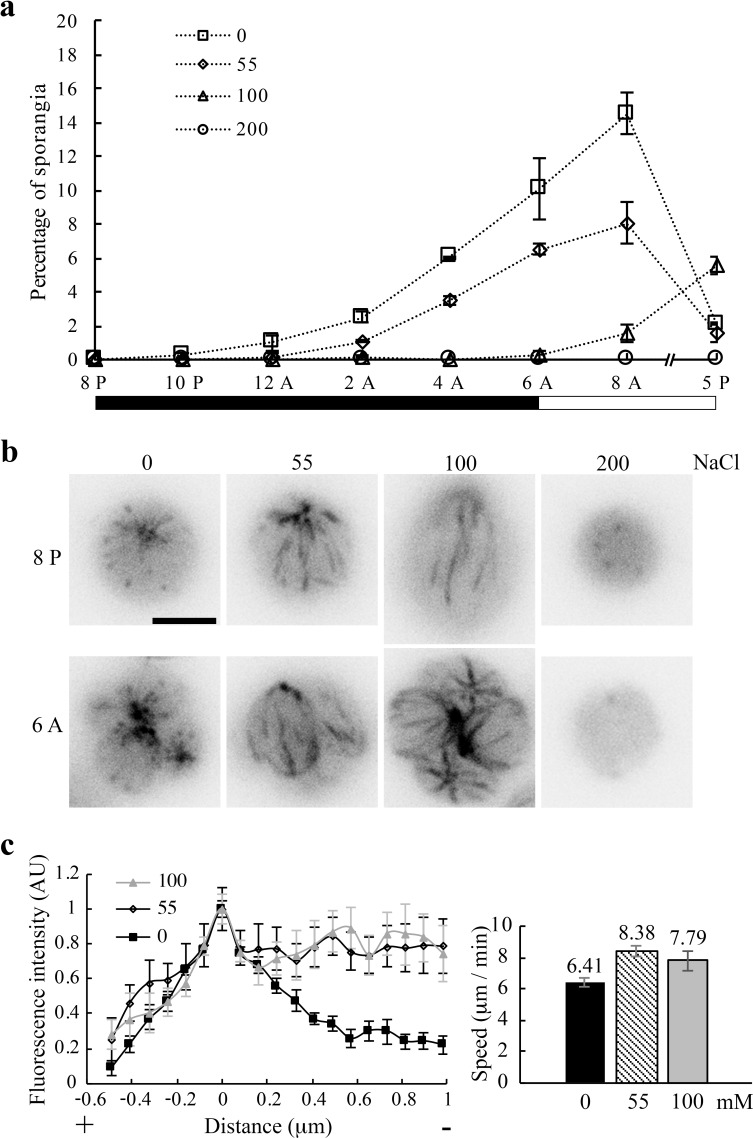Figure 7. Na+ concentration-dependent inhibition of cell division.
(a) Reduced abundance and delayed appearance of sporangia with newly divided daughter cells as a function of NaCl concentration in TAP media. Triplicate cell pellets from a typical log-phase culture were suspended in each indicated solution immediately before the dark period. One aliquot from each sample was fixed with 2% glutaraldehyde periodically for 12 hr and then at 5 PM. (n > 500 single cells and sporangia). Black bar, dark period; clear bar, light period. (b) Representative single cells and sporangia for each [NaCl] group immediately before and after the dark period respectively. Comets lengthened in 55 mM and 100 mM Na+/TAP, while MTs remained dynamic in cells at both states. No comet or sporangium was evident in 200 mM samples. Scale bar, 5 μm. (c) Quantifications of comets. A linescan plot of comets in 8 PM samples (left panel) showed longer comets in cells in the 55 mM (n = 8 comets from 3 cells at 55 mM) and 100 mM group (n = 7 comets from 2 cells) than that in the the 0 mM group (n = 13 comets from 8 cells). Mean comet speeds (right panel) in the 55 mM (n = 24 from 5 cells) and 100 mM group (n = 10 from 2 cells) taken at 10 PM were significantly faster than that in the 0 mM group (n = 42 from 7 cells) (two-tailed t test, p<0.001 for the 0 mM and 55 mM group; Mann-Whitney U test, p=0.05 for the 0 mM and 100 mM group). The difference of the 55 mM and 100 mM group was not statistically significant (two-tailed t test, p=0.385).

